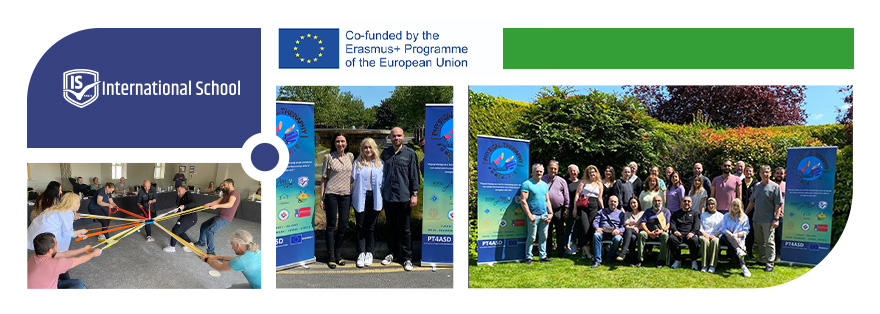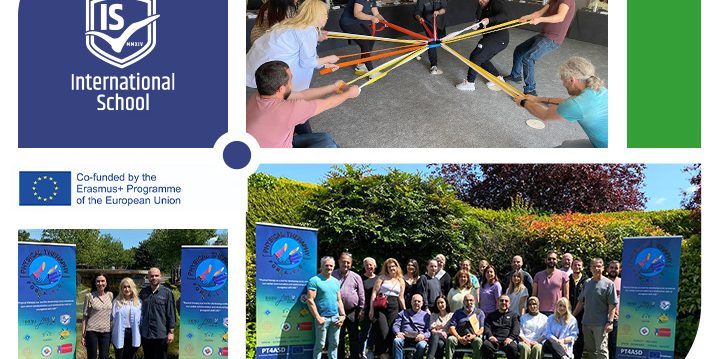After an initial transnational meeting in Turkey, “PT4ASD” project partners gathered in the historical Irish town of Nenagh, in order to create game drafts for children with Autism Spectrum Disorder.
Each partner needed to submit game drafts before the meeting, so that we could all play/test them together, and each game was supposed to have structure – name of the game, target group size, description, objectives/benefits of the game and equipment needed. In two meeting days, more than 55 games were displayed and a meeting room turned into a playground.
 “Emotion Charades”
“Emotion Charades”
The games that Mr Aleksandar Petrović, Ms Lora Mitć and Ms Dušanka Anđelović created were praised by all partners, while the game called “Emotion Charades” impressed the partners from Turkey. The game is designed in a way that one student needs to pick one of the six cards with faces portraying basic emotions (happy, sad, angry, fear, surprise, disgust) with emotions written on the card. The task is to imitate what he/she sees on the card, and the other students need to guess what emotion the student is portraying. The first one to guess is the next one to portray an emotion. This game helps children with autism learn to recognise and express emotions and can improve their social communication skills.
Empowering and improving the capacities of institutions in order to help young people with ASD
The main goal of the project is to empower and improve the capacities of institutions in order to help these young people. The project includes building an online platform to benefit all the people of interest and improve the competencies and professional development of educators who work with students with ASD.
This diverse group of experts joined forces to leverage their collective knowledge and create game concepts that would address the unique needs and learning preferences of students with ASD. Project partners engaged in dynamic discussions, brainstorming sessions, and hands-on activities. The game ideas generated during this meeting will undergo further development and refinement with the aim of eventually being implemented in classrooms to benefit students with ASD.



